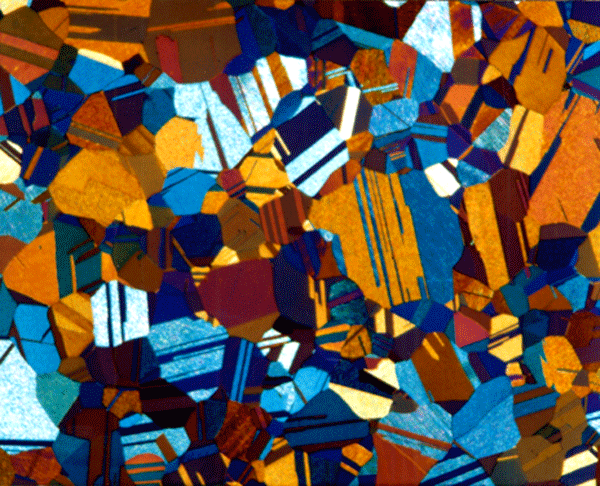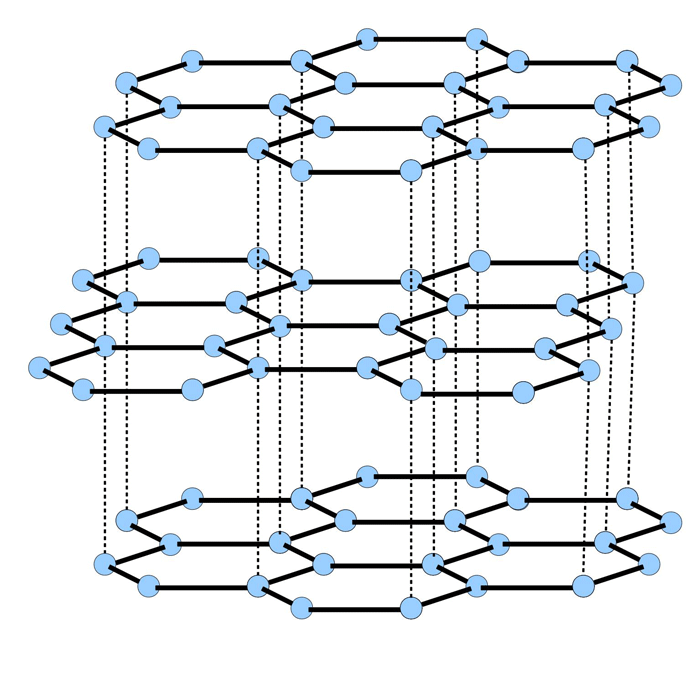Copper and its alloys are among the most malleable metals and alloys in existence. Cartridge brass, Cu – 30% Zn, has been used for many years to produce cartridge cases for ammunition due to its superior cold forming characteristics. This article shows the microstructure and hardness of cartridge brass from the fully annealed to the heavily cold worked condition. Then, it illustrates the influence of annealing temperature and time on removing the effect of the cold work and returning the alloy to a very low hardness annealed structure.
Cartridge brass, Cu – 30% Zn, is a single-phase Cu-based alloy where the addition of zinc increases the strength of copper by solid solution strengthening. The maximum solubility of zinc in copper at ambient temperature is slightly above 30% Zn. Higher levels of Zn, for example, 40% Zn, produce two phased α-β brass which is less malleable than the single phase, α-Cu cartridge brass. Cartridge brass, as the name states, has been used for many years to make cartridges for bullets due to its excellent formability and good cold formed mechanical properties. As an example, Figure 1 shows the microstructure of the starting cup with an annealed α-Cu grain structure, exhibiting annealing twins, used to cold form cartridge cases. Figure 2 shows the firing pin end of a formed 338 caliber cartridge case revealing a heavily cold worked microstructure. Color etching is far more effective than black & white etching to reveal the complete grain structure and deformation. Comparisons of color vs. B&W etching will be presented later.


